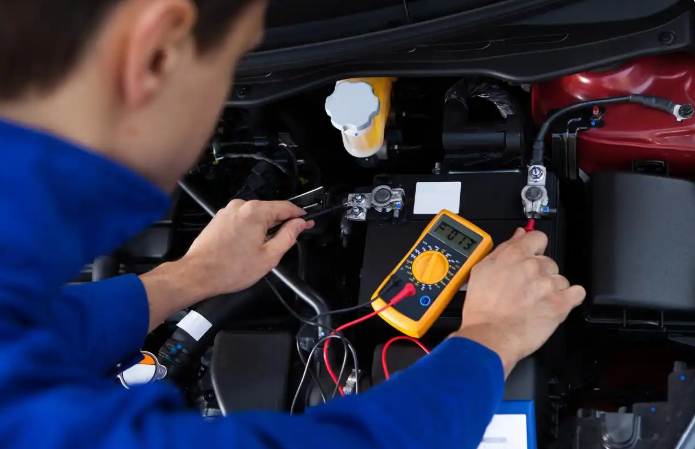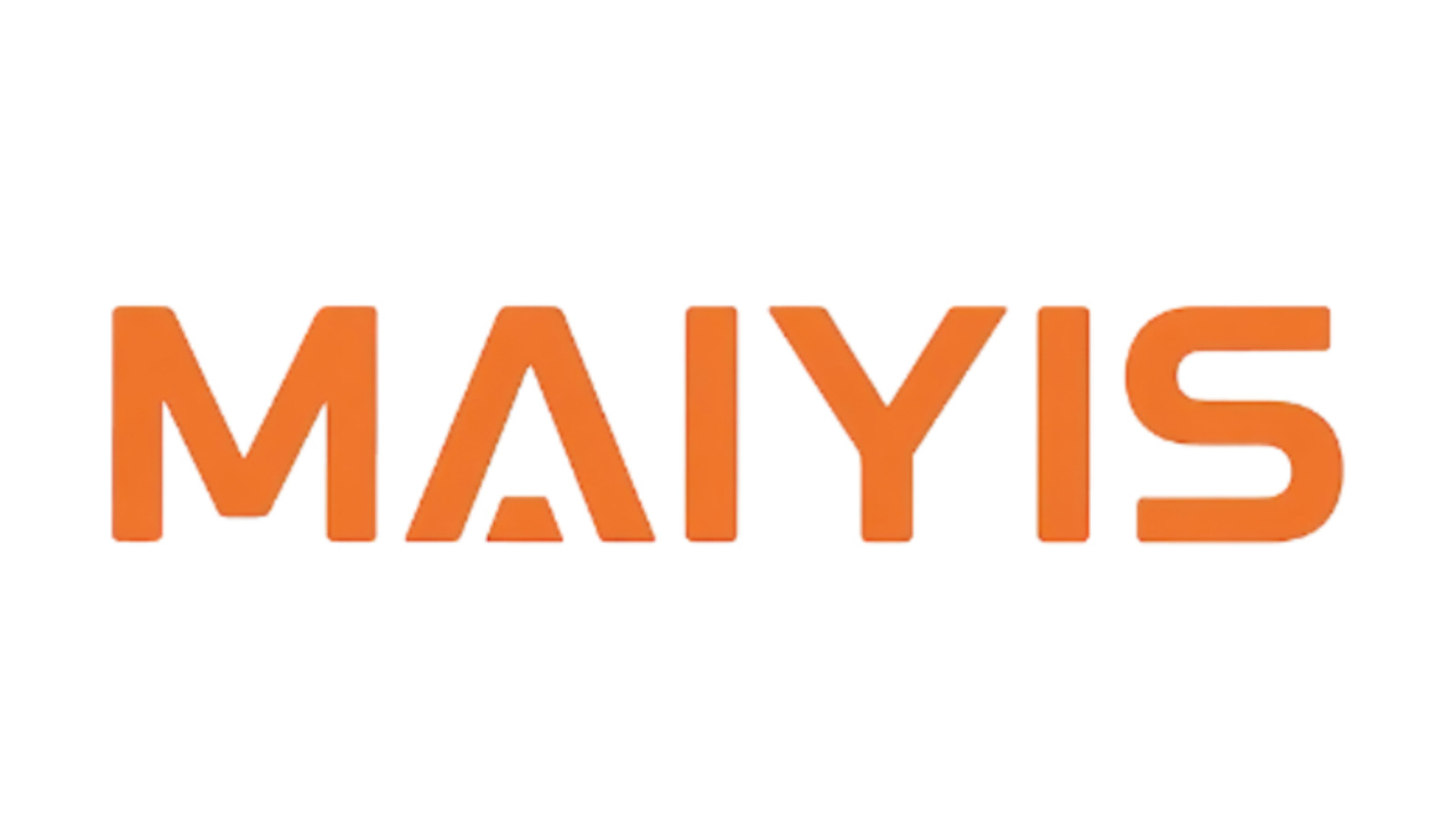Technological breakthrough in industrial borescopes: from wired to wireless connection, revolutionizing traditional inspection methods
2025/06/30
Industrial borescope As a "doctor" for non-destructive testing in the industry, it has long relied on cables for data transmission and power supply. However, in recent years, a technological revolution from "wired" to "wireless" has been quietly advancing. This shift not only breaks the limitations of operating distance, but also Battery technology achieves key breakthroughs in the field, bringing industrial inspection new possibilities.

Obstacles on the path to wireless
Signal stability challenges
Wired borescopes use physical cables to ensure real-time high-definition image transmission, while wireless systems need to overcome electromagnetic interference and metal object blockage in industrial environments. Early wireless borescopes often failed due to signal delays or interruptions.
Power supply and battery life bottleneck
Traditional devices rely on external power supplies, while wireless devices require built-in batteries. However, industrial inspections often require continuous operation for several hours, creating a conflict between miniaturization and long battery life—battery size is limited, but battery life needs to be ensured.
Safety and reliability
In high-temperature, high-humidity, flammable and explosive industrial environments, battery safety is directly related to the safety of operators and equipment. Traditional lithium batteries have the risk of combustion in extreme environments, becoming a "roadblock" for technological implementation.
Innovative breakthroughs in battery technology
Solid-state batteries enable long battery life
In 2023, leading manufacturers introduced solid-state battery technology, increasing energy density by more than 40%. For example, a domestically produced wireless borescope with a battery the size of a thumb can support 4 hours of continuous operation, reducing weight by 60%, and completely solving "battery life anxiety".
Fast charging and extreme environment design
The new generation of batteries supports 15-minute fast charging to 80% capacity and has passed IP68 waterproof and dustproof certification. Using ceramic diaphragms and thermal management systems, it operates stably in environments from -20℃ to 80℃ and has even passed aviation fuel immersion tests.
Wireless charging and modular design
Some high-end models support magnetic wireless charging, allowing for energy replenishment during inspection intervals. The modular battery compartment design allows for quick replacement, and combined with a solar charging box, it enables continuous operation in outdoor scenarios without power sources.
Application prospects of wireless borescopes
Petrochemical field: Explosion-proof wireless borescopes are used in oil pipelines to avoid the risk of cable friction sparks;
Aerospace inspection: Engineers remotely control the device via tablet computers to perform unconstrained and precise inspections of aircraft engines;
Underwater infrastructure maintenance: Waterproof wireless devices replace high-risk operations by divers, transmitting real-time data on underwater pipeline corrosion.
Conclusion: Technological breakthroughs drive industry transformation
From cable constraints to free movement, from short battery life to safe and long-lasting operation, the wireless trend of industrial borescopes marks the entry of industrial inspection into the intelligent 3.0 era. With the further integration of 5G transmission and AI image analysis, this "cutting the cables" revolution is redefining the boundaries of industrial equipment.
MORE NEWS



